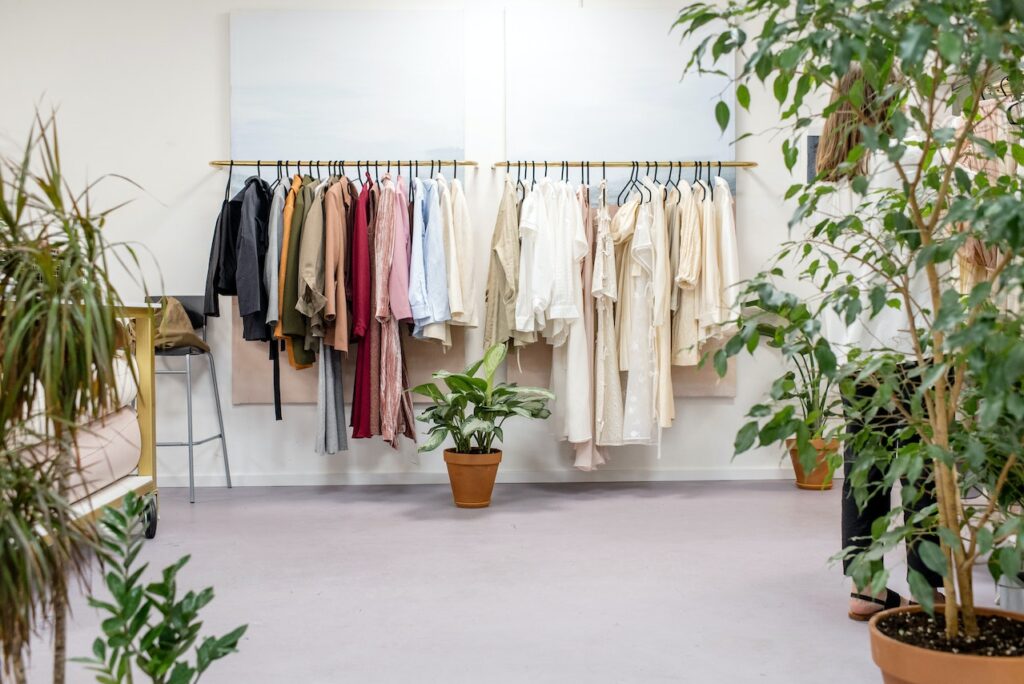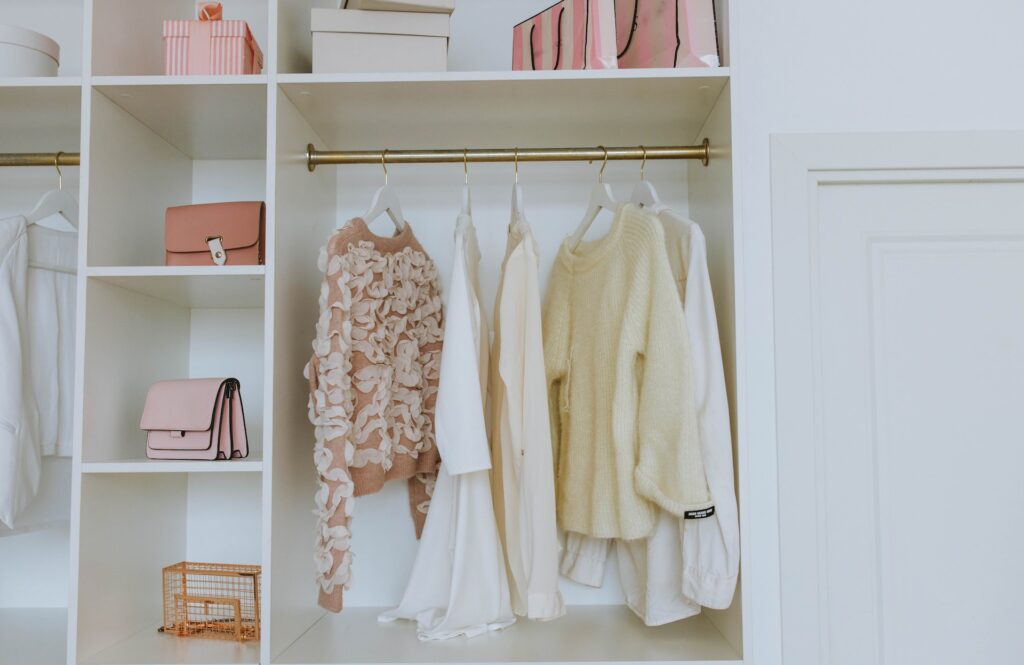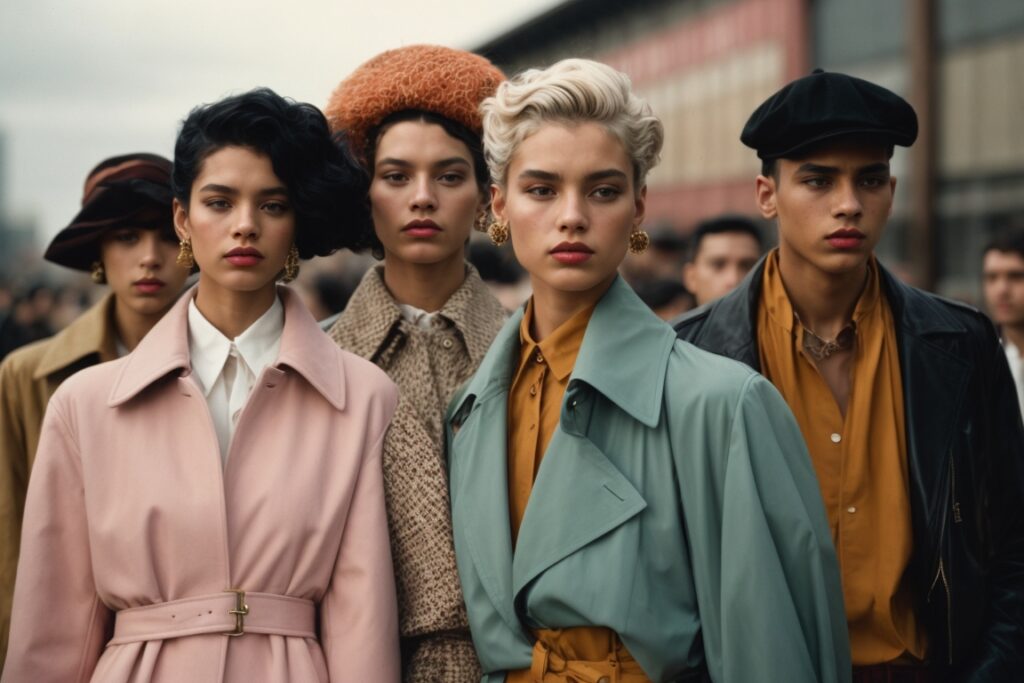Fashion is no longer just about looking good; it’s about feeling good too. When it comes to your wardrobe, quality fabrics are the game-changers. Whether you’re a fashion novice or a seasoned style maven, this guide is your key to mastering the art of choosing top-notch fabrics and elevating your fashion game.
This journey is all about transforming your fashion choices, starting with the foundation: fabrics. We’re diving deep into what makes a fabric truly exceptional and sustainable.
Fashion is an expression of your unique style, and I believe it should be built on a solid foundation of quality. So, are you ready to elevate your fashion choices and build a wardrobe that will stand the test of time?
Table of Contents
High Quality, Sustainable Fabrics
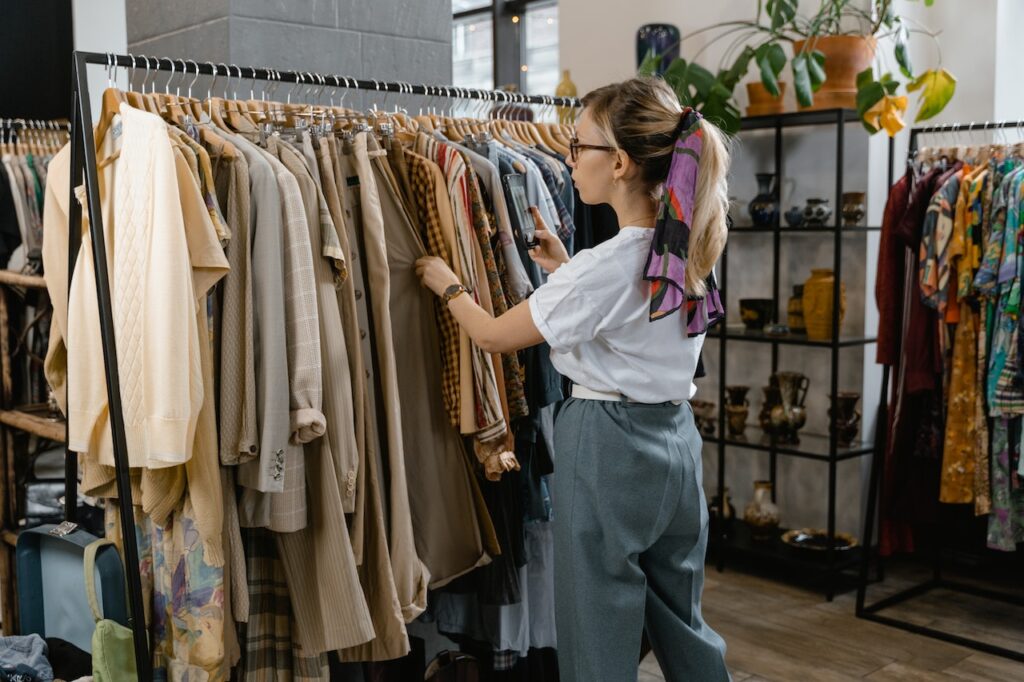
Let’s start by exploring a variety of materials that can elevate your fashion game while minimizing your environmental footprint. We’ll explore the world of fabrics, dissecting their pros and cons to help you make informed choices.
| Textile | Pros & Cons | Breathability | Comfort | Common Uses |
|---|---|---|---|---|
| Organic Cotton | – Organic Cotton is soft, stretchy, and breathable – It is grown without toxic pesticides or synthetic fertilizers | ★★★★★ 5/5 | ★★★★★ 5/5 | T-shirts, underwear, casual wear. |
| Linen | – Highly breathable – Eco-friendly – Wrinkles easily but adds character | ★★★★★ 5/5 | ★★★★☆ 4/5 | Summer clothing, bed linens, kitchen towels. |
| Tencel (Lyocell) | – Made from sustainable wood pulp – Biodegradable – Soft and smooth | ★★★★★ 5/5 | ★★★★★ 5/5 | Blouses, dresses, activewear. |
| Hemp | – Requires minimal water and pesticides – Durable – Eco-friendly | ★★★★☆ 4/5 | ★★★★☆ 4/5 | Jeans, bags, eco-friendly accessories. |
| Wool (Merino) | – Naturally moisture-wicking – Odor-resistant – Regulates body temperature | ★★★★☆ 4/5 | ★★★★☆ 4/5 | Sweaters, socks, outdoor wear. |
| Bamboo | – Rapidly renewable resource – Naturally hypoallergenic – Silky feel | ★★★★☆ 4/5 | ★★★★☆ 4/5 | Underwear, sheets, activewear. |
| Soy Fabric | – Made from soybean by-products – Eco-friendly – Soft texture | ★★★★☆ 4/5 | ★★★★☆ 4/5 | Loungewear, casual clothing. |
| Recycled Polyester | – Made from post-consumer plastic – Reduces waste – Moisture-wicking | ★★★★☆ 4/5 | ★★★★☆ 4/5 | Activewear, swimwear, outdoor gear. |
| Beechwood (Modal) | – Made from sustainable beech trees – Silky smooth – Retains color well | ★★★★☆ 4/5 | ★★★★★ 5/5 | Lingerie, bed linens, summer dresses. |
| Silk | – Luxurious and natural protein fiber – Hypoallergenic – Delicate sheen | ★★★★☆ 4/5 | ★★★★★ 5/5 | Formal wear, lingerie, scarves. |
| Cashmere | – Luxuriously soft – Excellent insulation – Lightweight – Often blends well with other materials | ★★★★☆ 4/5 | ★★★★★ 5/5 | Sweaters, scarves, winter accessories. |
| Corduroy | – Rugged yet comfortable – Durable, features distinctive ridges (wales) | ★★★★☆ 4/5 | ★★★★☆ 4/5 | Pants, jackets, upholstery. |
| Chambray | – Resembles denim but is lighter and more breathable – Versatile for various styles | ★★★★☆ 4/5 | ★★★★☆ 4/5 | Shirts, dresses, lightweight jackets. |
| Alpaca Wool | – Softer and warmer than regular wool – Hypoallergenic – Lightweight | ★★★★☆ 4/5 | ★★★★★ 5/5 | Sweaters, shawls, blankets. |
Low-Quality Fabrics to Steer Clear Of
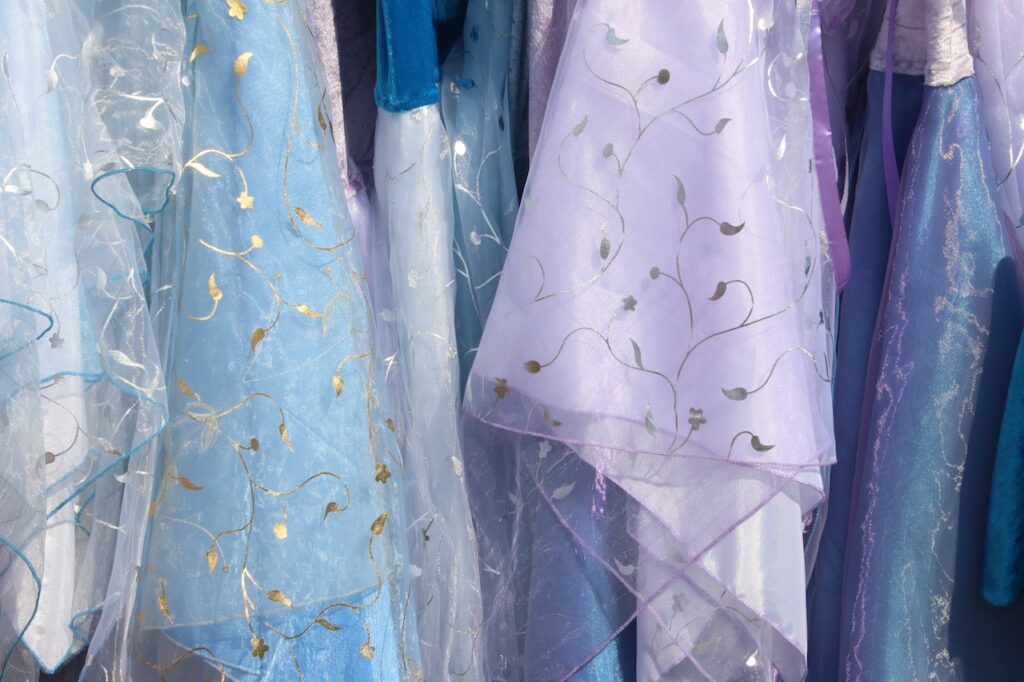
While the fashion industry is evolving to offer a broader array of sustainable fabric choices, it’s essential to acknowledge the persistence of unsustainable materials in the majority of clothing.
Often, the offenders behind these environmentally detrimental fabrics are fast fashion brands, notorious for producing low-cost garments without ensuring fair wages or safe working conditions for their laborers.
Sadly, these poorly-made clothes frequently meet their demise in landfills or contribute to environmental pollution through microplastics and toxic chemicals.
Let’s shed light on the fabrics to exercise caution with, even when purchasing secondhand items. Understanding fabric choices can be a valuable part of your conscious fashion journey:
| Textile | Pros & Cons | Breathability | Comfort | Common Uses |
|---|---|---|---|---|
| Nylon | – Prone to trapping moisture and odors – May feel less breathable | ★★☆☆☆ 2/5 | ★★☆☆☆ 2/5 | Hosiery, swimwear, activewear. |
| Vinyl/PVC | – Non-breathable – May cause sweating – Often used for faux leather | ★☆☆☆☆ 1/5 | ★☆☆☆☆ 1/5 | Raincoats, synthetic leather accessories. |
| Acrylic | – Can be itchy – Not eco-friendly – Prone to pilling | ★☆☆☆☆ 1/5 | ★★☆☆☆ 2/5 | Blankets, scarves, faux fur. |
| Rubber | – Non-breathable – Can be restrictive – Often used for waterproofing | ★☆☆☆☆ 1/5 | ★☆☆☆☆ 1/5 | Rain boots, wetsuits, industrial gear. |
| Vinyl | – Non-breathable – Uncomfortable for extended wear | ★☆☆☆☆ 1/5 | ★☆☆☆☆ 1/5 | Synthetic leather, fetish wear. |
| Metallic | – Heavy and non-breathable – Typically used for decorative purposes | ★☆☆☆☆ 1/5 | ★★☆☆☆ 2/5 | Evening gowns, costume wear. |
| Burlap | – Rough texture – Limited versatility – Often used for rustic aesthetics | ★★★☆☆ 3/5 | ★★☆☆☆ 2/5 | Sacks, rustic décor, upholstery. |
| Faux Fur | – Non-breathable – Bulky – Mainly used for warmth and style | ★☆☆☆☆ 1/5 | ★★☆☆☆ 2/5 | Coats, fashion accessories. |
| Rayon (Viscose) | – Prone to wrinkling and shrinking – Less durable compared to other natural fibers | ★★★☆☆ 3/5 | ★★★☆☆ 3/5 | Blouses, dresses, linings. |
| Polyester | – Less breathable – May trap odor – Often used for affordable clothing | ★★☆☆☆ 2/5 | ★★☆☆☆ 2/5 | Everyday wear, fast fashion. |
What about leather?

You may have noticed I didn’t mention genuine leather in the examples above. Well, genuine leather is generally considered high quality in terms of durability and appearance. It often lasts longer than synthetic alternatives and can develop a desirable patina over time. However, when it comes to sustainability, genuine leather presents some environmental and ethical challenges.
Environmental Concerns
Resource Intensive: Leather production requires significant amounts of land, water, and feed for the animals (usually cattle) raised for their hides. This can contribute to deforestation and water scarcity in some regions.
Chemicals: Tanning is a critical step in leather processing, and traditional methods often involve the use of toxic chemicals like chromium, which can have harmful environmental impacts if not managed properly.
Greenhouse Gas Emissions: The livestock industry, including cattle farming for leather production, is a notable source of greenhouse gas emissions, contributing to climate change.
Ethical Concerns
Animal Welfare: Leather production involves the slaughter of animals for their hides. Concerns about animal welfare arise due to practices such as factory farming, where animals may be subjected to poor living conditions and inhumane treatment.
Deforestation: The expansion of cattle ranching for leather production can lead to deforestation, which not only harms ecosystems but also displaces indigenous communities.
While genuine leather may be high quality in terms of its tactile and visual properties, its sustainability and ethical implications can vary widely depending on the source and production methods. Ethical and sustainable alternatives to conventional leather include vegetable-tanned leather, leather from certified sustainable sources, and innovative materials like mushroom leather or lab-grown leather. Therefore, it’s essential to research the source and production practices of any leather product to make a more informed and responsible choice.
Final Considerations
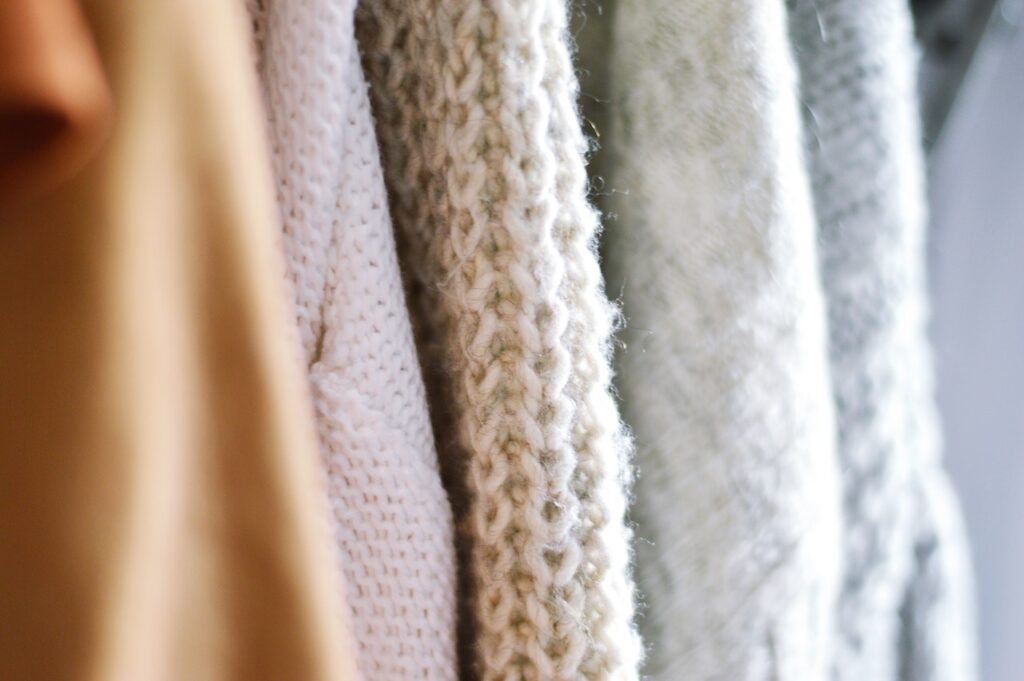
While our fabric exploration has unveiled a wealth of sustainable choices for conscientious fashionistas, it’s crucial to recognize a fundamental truth: achieving 100% sustainability in the world of clothing may remain an elusive goal. The fashion industry is complex, with intricate supply chains and myriad factors at play.
However, this realization doesn’t diminish the importance of our individual actions. Instead, it underscores the significance of making mindful choices. The best practice in sustainable fashion is always rooted in consciousness. It’s about understanding the environmental and ethical implications of our purchases and aligning them with our values.
In our pursuit of a more sustainable wardrobe, let’s remember that every garment we choose to buy or not buy sends a message. It’s a message to the industry about what we value—whether it’s fair labor practices, reduced environmental impact, or durability. It’s also a message to ourselves about our commitment to a more responsible and intentional way of living.
Cost-per-Wear
Opting for quality and durability over quantity in your clothing choices is not just a wise fashion decision; it’s a strategic financial move. Certainly, when you invest in well-made, long-lasting pieces, you’re maximizing the value of your money.
Consider the concept of “cost per wear.” Quality garments often come with a higher initial price tag, but their durability ensures they endure far longer than their cheaper, disposable counterparts. Over time, the cost per wear for high-quality items diminishes significantly, making them not only more sustainable but also more cost-effective.
In contrast, a closet filled with cheap, short-lived clothing may seem economical at first, but the constant need for replacements incurs higher cumulative expenses and contributes to fashion’s environmental impact.
So, embrace the philosophy of “less is more,” curate your wardrobe with enduring pieces, and watch how your fashion choices become both financially savvy and eco-friendly.
In the end, sustainable fashion is not merely a destination but a journey—one where every conscious choice we make contributes to a more ethical and environmentally-friendly world, and where our wardrobe reflects not just our style, but our values too.


